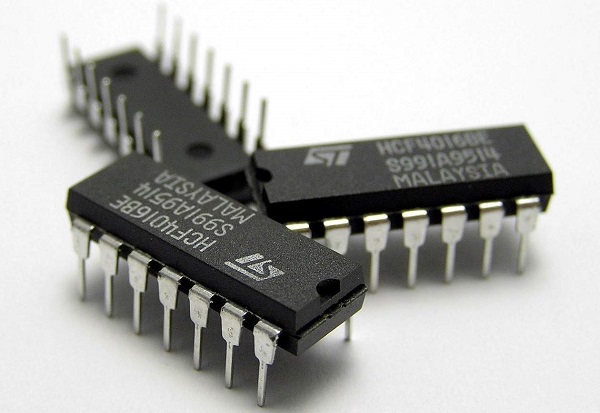Integrated Circuit

The integrated circuit was first invented in 1958 by Jack Kilby and Robert Noyce, whom are both credited with inventing the integrated circuit, even though they didn't work together. Before this hardware invention, transistors were the most common circuit used in electronics, from radios to computers, but manufacturers needed something better and smaller to fit the new technological advancements. Jack Kilby heard of this dilemma and planned out this new circuit to accommodate companies needs. He proposed his idea to his workplace, Texas Instrument, who were impressed and immediately set to patent Kilby's idea. Six months later, Robert Noyce created his own version of the integrated circuit, fashioned from silicon. Once all of the improvements were made, the integrated circuit was assimiliated into technology, becoming widespread because the circuits were able to put all electric circuits on one chip. This invention was immediately taken into the workforce because of the fact that Noyce and Kilby were able to put a large number of tiny transistors into an even tinier chips, making accessibility, availability, and practicality better, though the cost to make these circuits was extremely high.